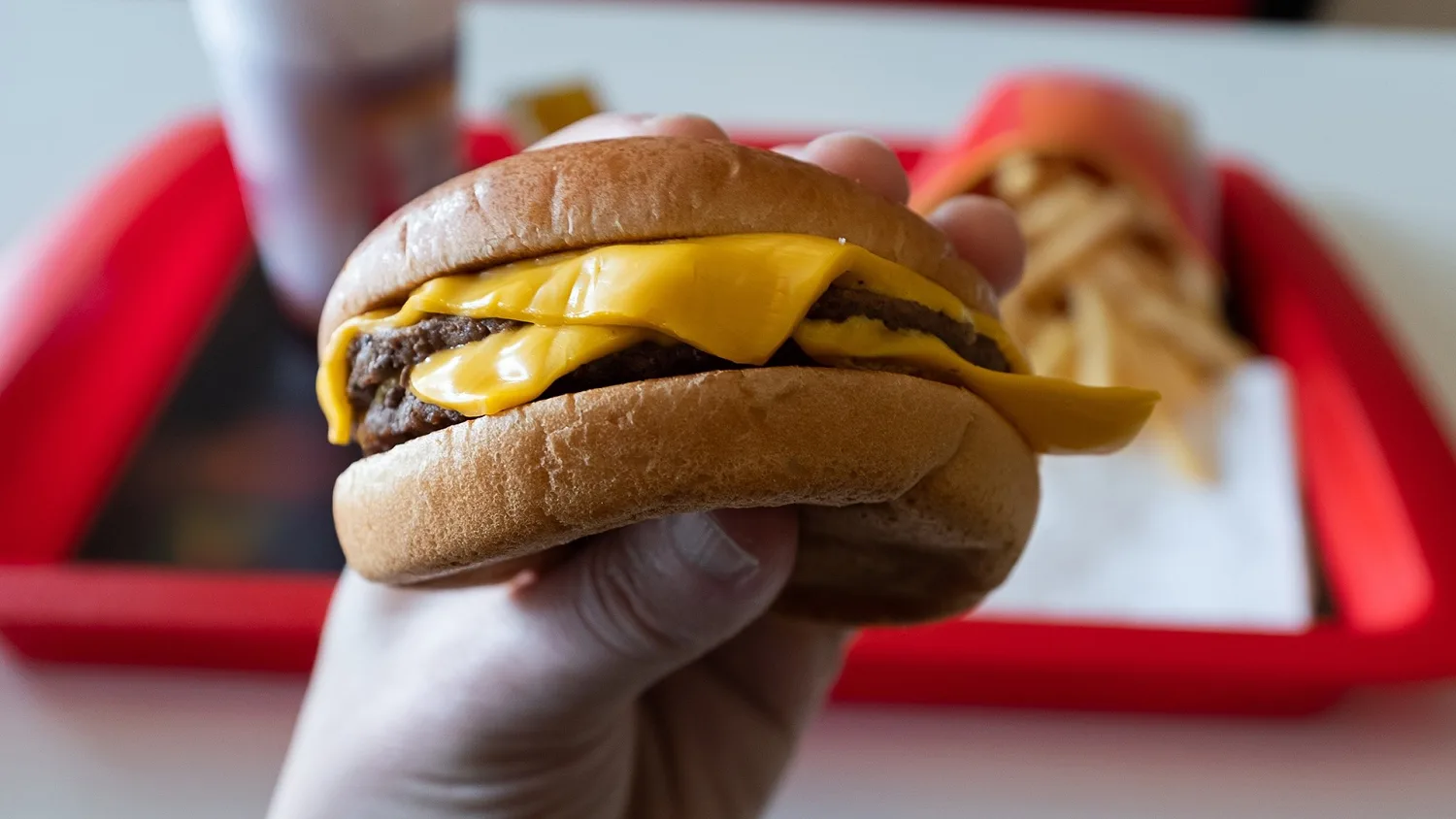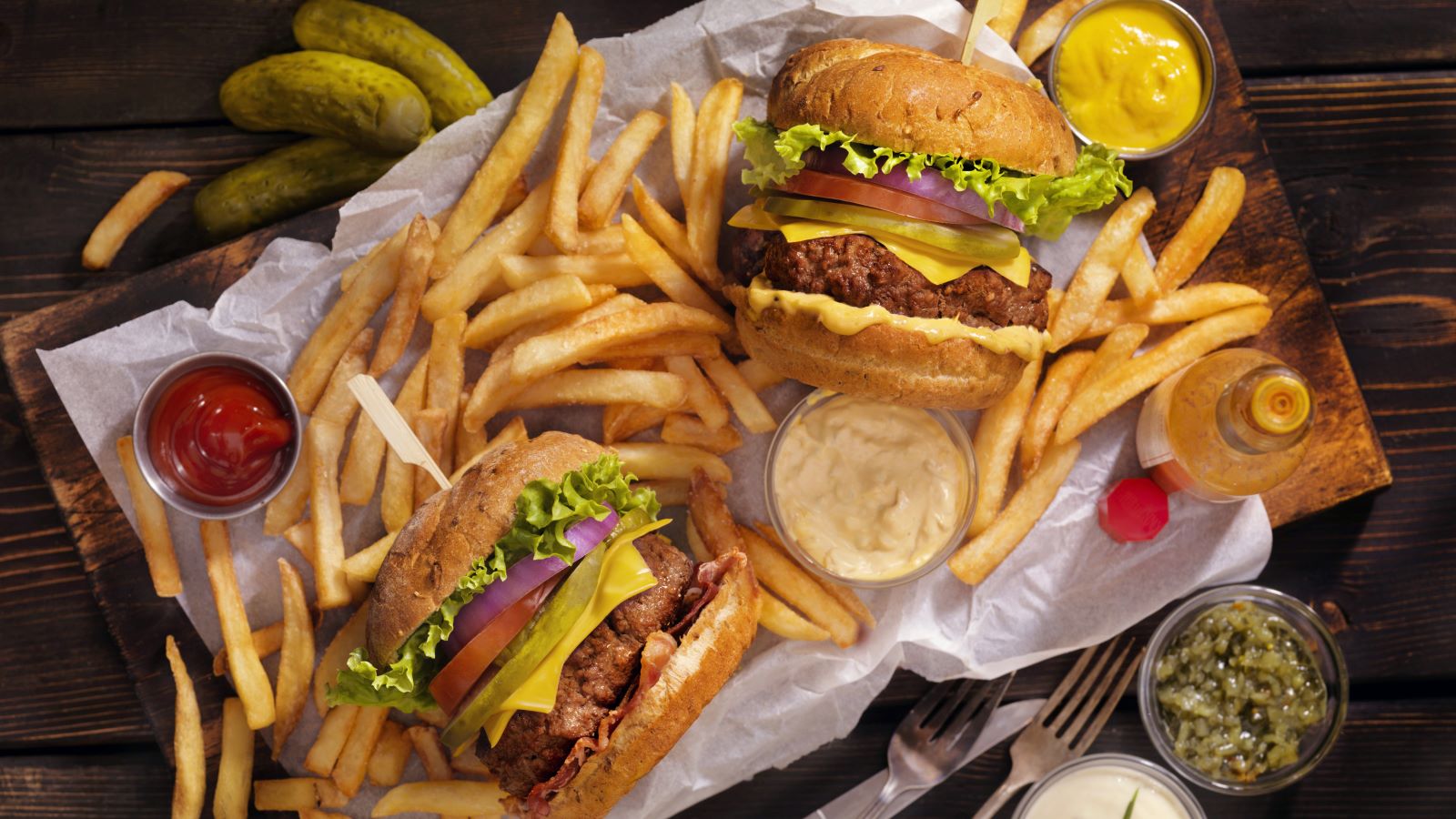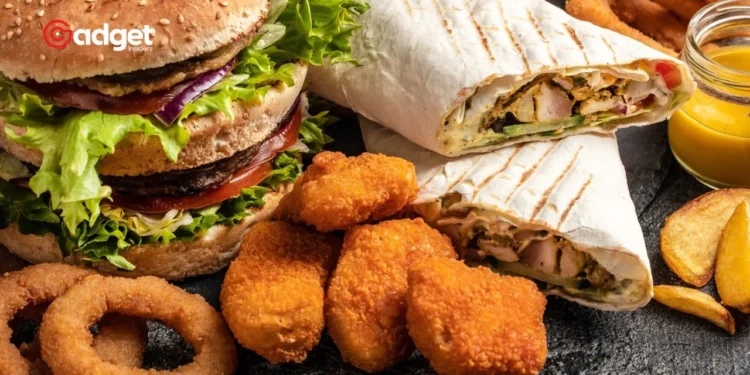In recent years, the surge in fast food prices has not only altered consumer behavior but has also intensified the competition between fast food chains and sit-down restaurants. The escalating costs have led many consumers to reconsider their dining options, sparking a strategic shift among restaurants like Applebee’s and Chili’s.
As John Peyton, CEO of Dine Brands, highlights, “You can get our burger for $9.99,” questioning the rationale behind purchasing a similarly priced burger that lacks the sit-down experience.

Fast Food: Economic Pressures and Consumer Choices
Amid economic uncertainties and inflationary pressures, many diners are opting for more economical dining experiences, or even choosing to eat at home.
According to restaurant industry analyst David Henkes, the industry is now vying for “a share of a smaller market,” as a result of years of price hikes that have deterred frequent restaurant visits.

Notably, while food joints like McDonald’s have significantly increased their menu prices, full-service restaurants have managed a more moderate rise, positioning themselves as viable alternatives for cost-conscious diners. “Fast food has gotten expensive,” said Henkes, making the comparison to casual dining sit-down restaurants even more stark.
Strategic Shifts in Marketing and Pricing
Restaurants are increasingly leveraging this price parity in their marketing strategies. Applebee’s and Chili’s, for example, are running promotions that directly challenge the value proposition of fast food chains.
Chili’s has introduced a new burger on its ‘3 for me’ value menu, described as having “twice the beef of a Big Mac,” aimed at drawing customers who fast food prices may disillusion.
Moreover, these sit-down chains are not just competing on price, but are also emphasizing the enhanced dining experience they offer. This includes the ambiance and the service real waitstaff provides, which contrasts sharply with the “eat in your car” scenario often associated with fast food outlets.
DO YOU
BELIEVE
FAST FOOD
IS
AN ILLUSION:TO SERVE FOOD THAT LOOKS
NORMAL BUT IS ACTUALLY POISON? pic.twitter.com/5gRBJxClax— DR. Kek (@Thekeksociety) May 12, 2024
The Role of Social Media in Shaping Perceptions
Social media has become a powerful tool in this competitive landscape. Kevin Hochman, president of Chili’s and CEO of Brinker International, noted that their social media team is actively engaging with customer frustrations over fast food prices.
By positioning their offerings as superior alternatives through strategic ad campaigns, these sit-down restaurants are making a concerted effort to sway public opinion.

Long-Term Implications for the Dining Industry
As the battle for the dining dollar continues, it is clear that the lines between fast food and casual dining are blurring. With fast food prices reaching parity with those of sit-down restaurants, the latter have a unique opportunity to redefine the value they offer.
The challenge, however, remains in convincing time-conscious consumers to opt for a potentially longer dining experience over the convenience of fast food. As the landscape of the restaurant industry continues to evolve, both fast food and sit-down restaurants must adapt to changing consumer preferences and economic realities.
Whether through pricing strategies, marketing campaigns, or enhancing customer experiences, the fight for market share is likely to intensify, making every dining dollar even more crucial in this competitive arena.










